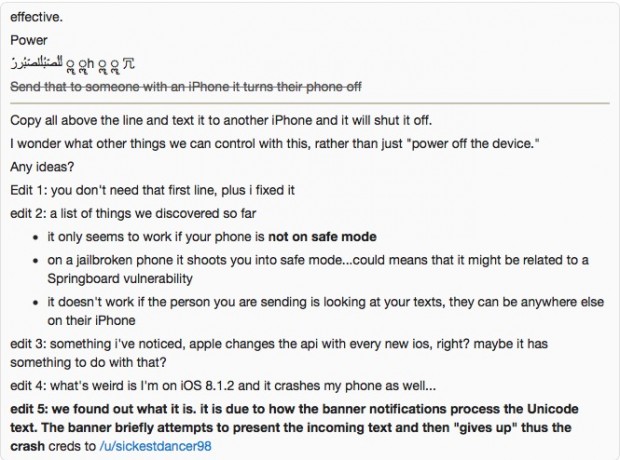Those moments between Wi-Fi connect and VPN launch can give away a lot.
By now, any sentient IT person knows the perils of open Wi-Fi. Those free connections in cafes and hotels don’t encrypt network traffic, so others on the network can read your traffic and possibly hijack your sessions. But one of the main solutions to this problem has a hole in it that isn’t widely appreciated.
But there is a hole in this protection, and it happens at connect time. The VPN cannot connect until you connect to the Internet, but the VPN connection is not instantaneous. In many, perhaps most public Wi-Fi sites, your Wi-Fi hardware may connect automatically to the network, but you must open a browser to a “captive portal,” which comes from the local router, and attempt to gain access to the Internet beyond. You may have to manually accept a TOS (Terms of Service) agreement first.
In this period before your VPN takes over, what might be exposed depends on what software you run. Do you use a POP3 or IMAP e-mail client? If they check automatically, that traffic is out in the clear for all to see, including potentially the login credentials. Other programs, like instant messaging client, may try to log on.
Configuring firewall software on your PC to block non-VPN traffic isn’t all that easy. It varies across operating systems and products, and it may not even be possible in Windows 8.1. On Windows, here’s a summary of what you’d need to do:
- Connect to the VPN of your choice using the normal procedure for that product.
- In the Network and Sharing Center in Control Panel, make sure the VPN connection is set as a Public network, and the home or public Wi-Fi network is set as Home or Office (Home is better). (In Windows 8 and later this can be problematic unless the network connection is brand new, because Windows 8.x provides no user interface with which to change the location type—so the whole exercise may be impossible—unless you first delete and recreate all your network connections.)
- Finally, in the Windows Firewall in Control Panel go to the Advanced Settings. Create a rule to block all programs from connecting on Public networks. Then create a rule to allow both the VPN program and the browser you want to use for the captive portal to be allowed to connect on Public networks. You will need to set these rules both for inbound and outbound connections.
Source: Even with a VPN, open Wi-Fi exposes users | Ars Technica


